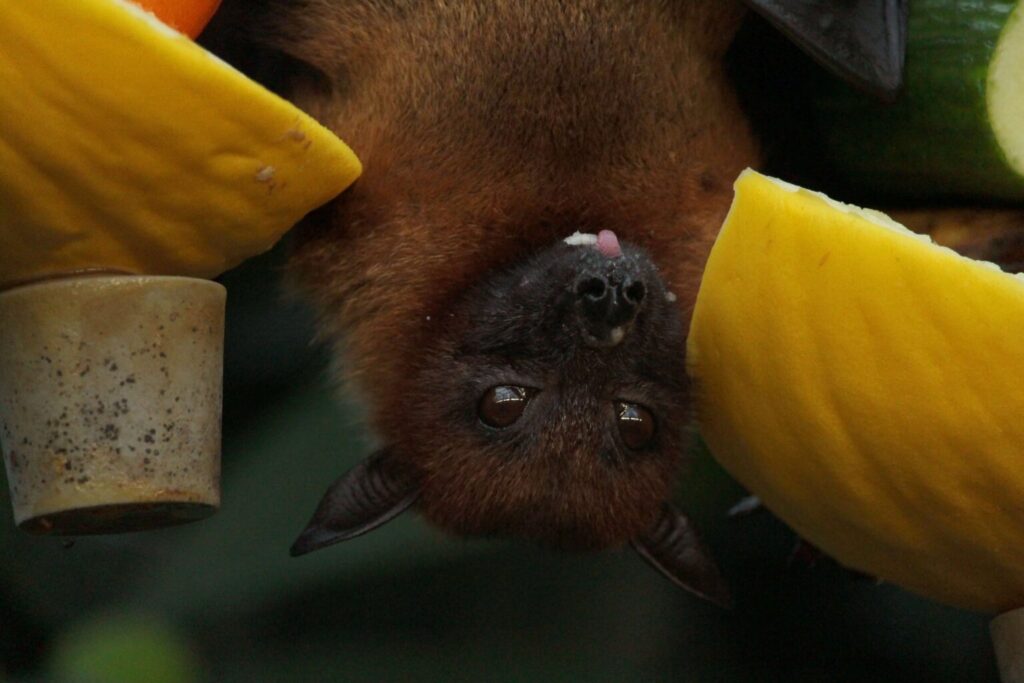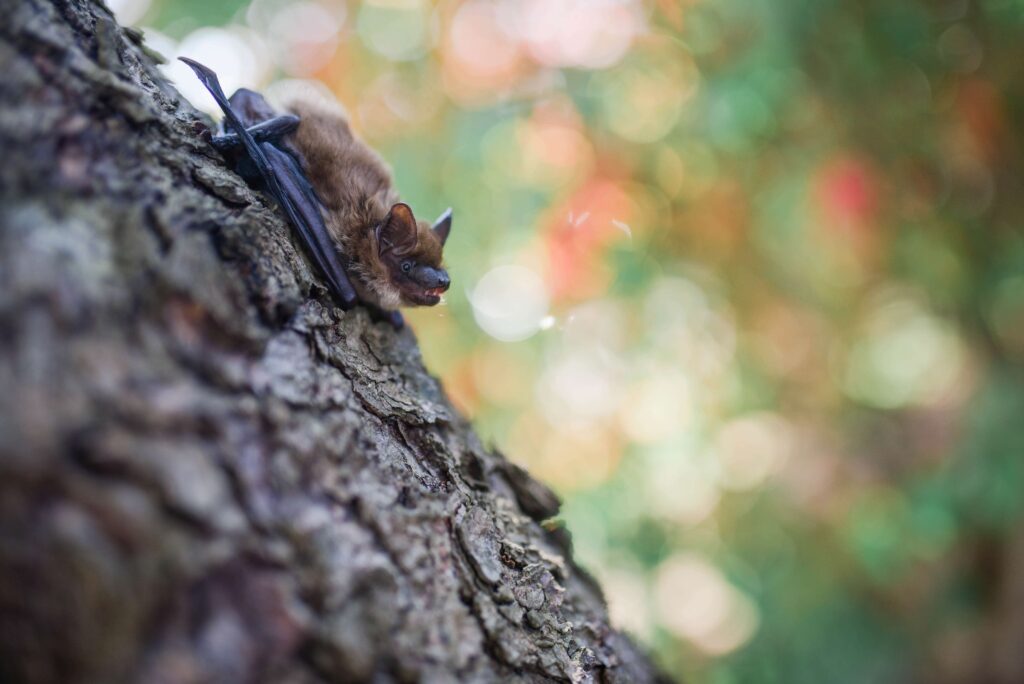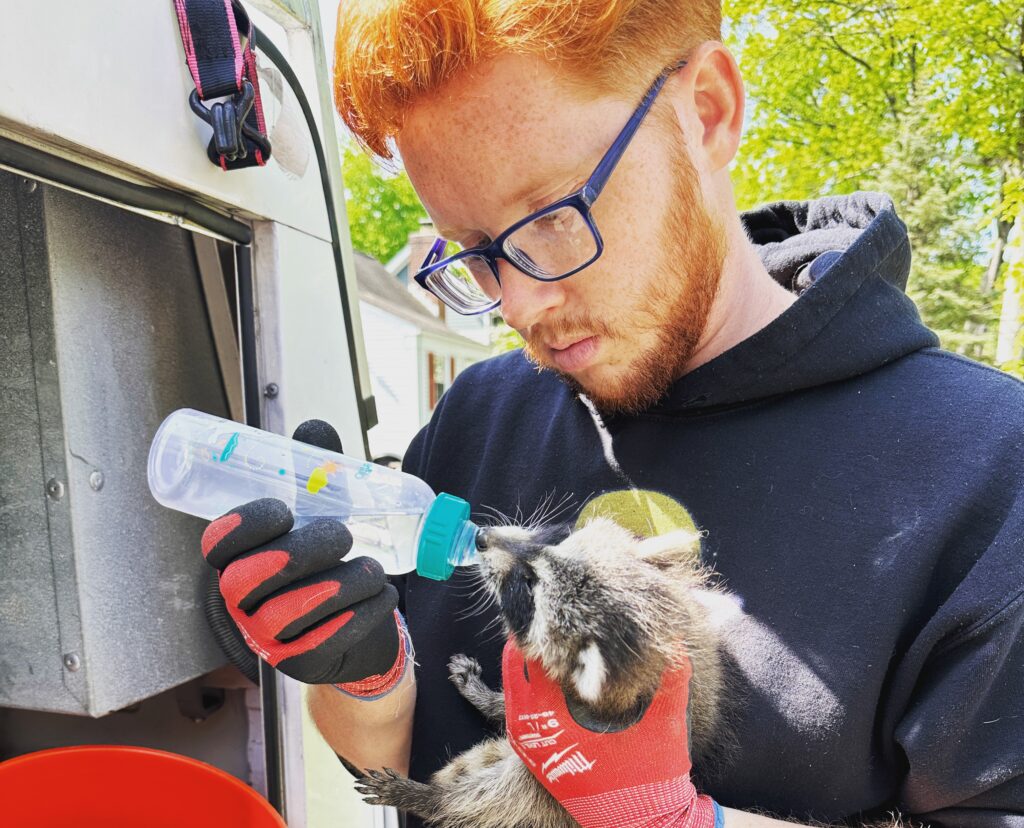While bats play a vital role in ecosystems, their presence in homes or properties can pose significant challenges. The sounds of flapping wings, scratching, and the potential for disease transmission escalate the problem of bat infestations. This issue is especially pressing at Kritter Catchers, where we comprehend the need for swift and efficient solutions.
Our comprehensive guide is designed to address emergency bat removal comprehensively. We navigate the complexities of this situation, providing step-by-step strategies and insights from experts in the field. This resource equips you to regain command over your living environment.
Understanding the delicate balance between ecological benefits and household disruption, we offer practical approaches for managing bat intrusions. Whether it’s sealing entry points, considering eviction methods, or understanding legal protections, our guide covers various aspects of bat removal. By accessing our expertise, you can effectively overcome the challenges posed by unwanted bat residency and restore tranquility to your home.
Key Takeaways
- Recognize the signs of a bat infestation: unusual sounds, droppings, and distinct odors.
- Address the issue promptly to avoid property damage and health risks.
- Follow the step-by-step guide for humane bat removal.
- Choose between DIY methods and professional services based on the situation.
- Prevent future infestations by sealing entry points and maintaining cleanliness.
Recognizing the Signs of an Unmanageable Bat Infestation
Early identification of a bat infestation holds crucial importance. Unusual noises such as flapping wings or scratching, along with guano that resembles enlarged mouse feces, serve as distinct red flags. Moreover, a distinctive odor akin to ammonia can often be detected.
These telltale signs should not be taken lightly. If you’ve observed any of these indications within your living space, it’s imperative to act promptly. Bats can cause structural damage, transmit diseases, and create an unsanitary environment.
The Risks and Dangers of Delayed Bat Removal
Postponing the removal of bats from your premises can result in significant and unfavorable outcomes. Bat droppings, commonly referred to as guano, tend to accumulate over time, causing potential damage to your property. The gradual accumulation of guano can deteriorate surfaces, leading to structural issues that may necessitate costly repairs.
Furthermore, bats are known carriers of diseases, including rabies. This poses a potential health risk to you, your family, and even your pets. Rabies, in particular, can be transmitted through bites or scratches from infected bats, making the presence of these creatures a matter of concern for public health and safety.
Acting promptly to address a bat infestation is imperative for several reasons. First, it curtails the accumulation of guano and reduces the associated property damage. Second, it minimizes the risk of disease transmission, safeguarding the well-being of your loved ones. The sooner you address the issue, the easier it is to implement effective removal and prevention strategies.
Emergency Bat Removal: Step-by-Step Guide
Assessment and Planning
Sealing Entry Points
Choosing the Right Time for Removal
Implementing Humane Removal Techniques

DIY vs. Professional Bat Removal Services: Making the Right Choice
When faced with a bat infestation, the decision of whether to handle the removal process independently or enlist professional assistance hinges on several crucial factors. Two primary considerations are the size of the bat colony and the complexity of the infestation.
For minor infestations involving small bat colonies, do-it-yourself (DIY) methods might suffice. These could involve sealing entry points, using exclusion devices, or employing safe eviction techniques. DIY approaches are often cost-effective and suitable for straightforward situations, allowing you to address the issue promptly.
However, when dealing with larger bat colonies or intricate infestations, seeking the expertise of experienced professionals is the wiser choice. Bats form colonies that can range from a few individuals to hundreds. Larger colonies can lead to more substantial property damage and pose greater challenges for effective removal.
Complex infestations might involve bats roosting in hard-to-reach areas, intricate building structures, or situations where there are legal or ethical considerations, such as the presence of protected bat species. Professionals possess the knowledge and tools to safely and comprehensively handle these scenarios.
Experienced bat removal specialists understand the behavior, habits, and biology of bats. They can accurately assess the situation, develop a tailored removal plan, and execute it with minimal disruption to the bats and your property. They also ensure compliance with local regulations and ethical practices related to bat conservation.
Preventing Future Bat Infestations: Tips and Techniques
The Legal Aspects of Bat Removal
Common Myths and Misconceptions About Bat Infestations
Distinguishing between factual information and prevalent myths is a fundamental step towards making informed decisions. It’s true that bats play a significant ecological role by naturally curbing insect populations, contributing to a balanced ecosystem. However, it’s essential to recognize that even though bats offer ecological benefits, an infestation can bring forth potential risks to both human health and property.
Bats, like any wildlife, can carry diseases, with rabies being a particularly well-known concern. While not all bats carry rabies, the risk of transmission exists, especially when humans or pets come into direct contact with them. Additionally, bat droppings, known as guano, can accumulate over time and may contain fungal spores that can lead to respiratory issues, especially in enclosed spaces like attics.
Structural damage is another factor to consider. Bats may enter homes through small openings, causing wear and tear to structures and insulation. Their nesting habits can lead to the buildup of guano, which, besides its potential health implications, can also contribute to property deterioration.
Understanding these dynamics aids in effective decision-making. Recognizing the ecological role bats play doesn’t diminish the need to address an infestation promptly and appropriately. Professional guidance is recommended, particularly when dealing with larger colonies or when bats have taken residence in challenging-to-reach areas.
In Conclusion
An unmanageable bat infestation demands immediate action. By adhering to the comprehensive step-by-step guide provided in this article, you can efficiently eliminate bats from your property while upholding their humane treatment. In cases of intricate infestations, enlisting professional aid, such as that from Kritter Catchers, is a prudent decision. By taking proactive measures today, you protect your home and loved ones from the potential risks associated with a bat infestation.


